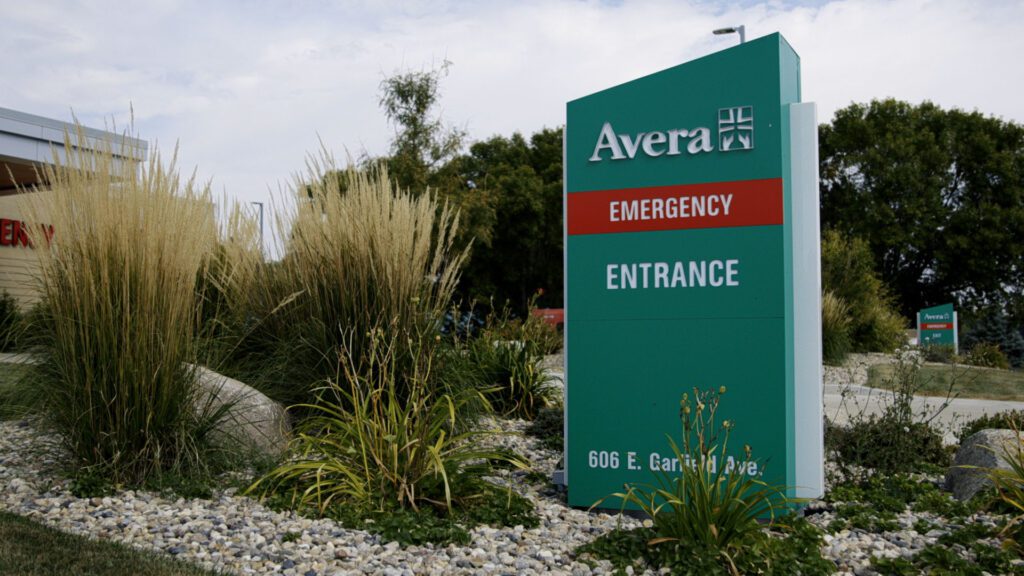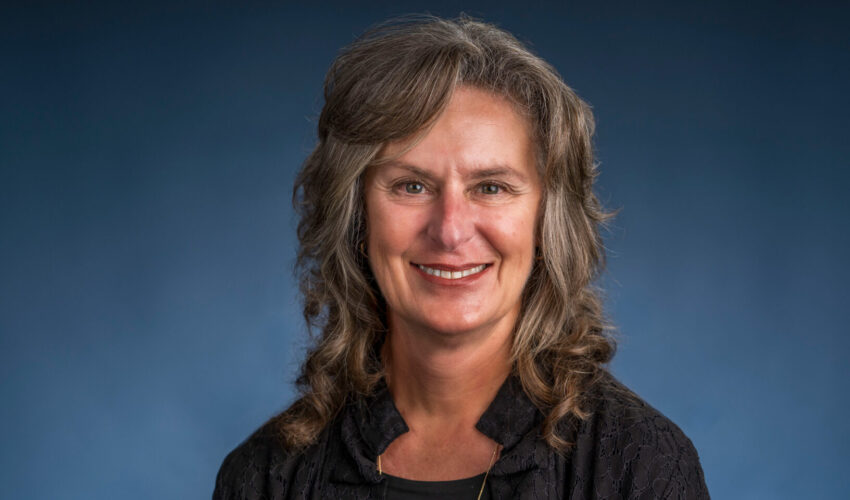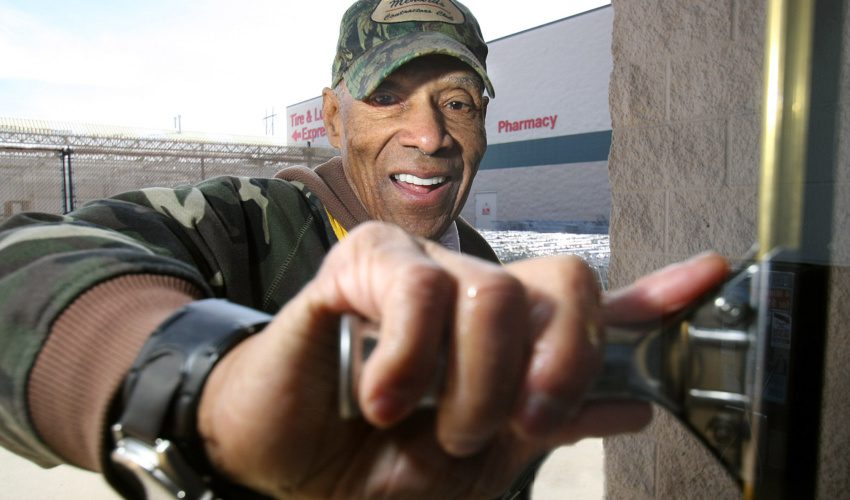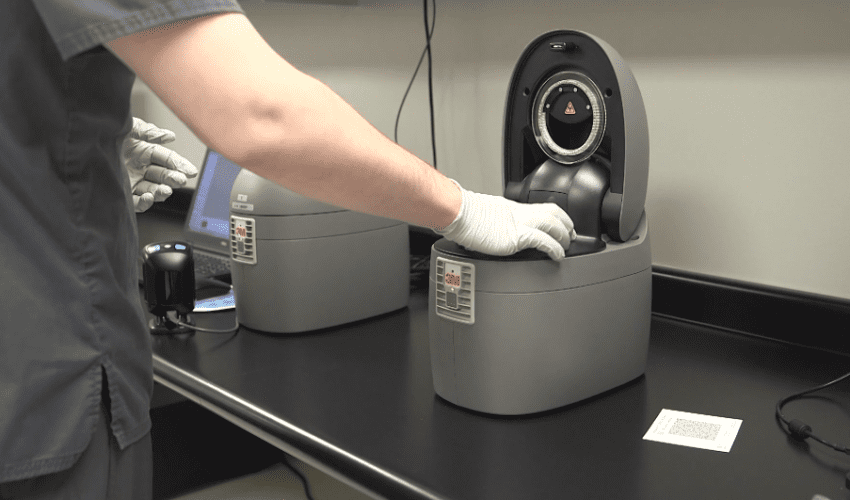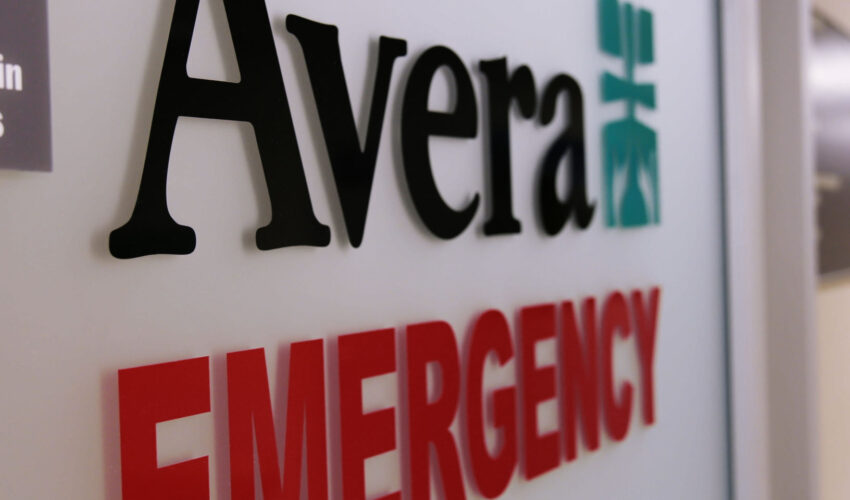Why emergency services are vital in rural health care
Feb. 6, 2024
This paid piece is sponsored by Avera.
The rural lifestyle offers independence, self-sufficiency, fresh air and being miles away from the noise and traffic of the city. Yet just as in an urban setting, the unexpected can happen – requiring a fast response to save a life or prevent a serious outcome.
“Emergency rooms are so important in rural communities because often it’s about time. It’s about how quickly we can provide lifesaving or life-stabilizing measures until we can get that patient into the right bed at the right facility across the system,” said Dr. Kevin Post, Avera chief medical officer.
Avera has 39 24-hour emergency departments across a 72,000-square-mile footprint in portions of South Dakota, Nebraska, Iowa and Minnesota. Almost 90 percent of those EDs are in non-urban settings: small communities and rural towns.
“Emergency medicine goes hand in hand with the mission of Avera Health,” said Dr. Jared Friedman, clinical vice president of the Avera Emergency Medicine Service Line. “We know that the people in these communities deserve high-quality health care. We are there to take care of people at their worst moment. We’re there to step in and guide them, whatever they may be going through.”
Local emergency room teams must be ready for anything: traumatic injury because of a car accident, farm accident or ATV rollover. Injuries occurring while handling livestock. Stroke or heart attack. Snakebite. Frostbite. Heat exhaustion. Pregnancy and childbirth complications.
At Avera, local emergency teams have the support of the Avera system.
Careflight: A flying ICU room
In a region with a large, widely scattered rural population, rapid emergency air transport is essential. Careflight brings state-of-the-art technology to people throughout the region from its base locations in Sioux Falls, Aberdeen and Pierre.
“Careflight is a world-class air ambulance system that we are fortunate to have – they provide a flying intensive care unit that can take patients to the appropriate care they need,” Friedman said.
Helicopters are used for shorter distances because they can land at helipads at rural hospitals or near an accident scene. Fixed-wing planes are used for distances greater than 150 miles or if helicopter transport is limited by weather. Ground ambulances offer critical care during transport to and between medical facilities.
“We know that outcomes and people’s lives depend on getting them to a tertiary care center,” said Anna Vanden Bosch, assistant vice president of emergency and Careflight for Avera McKennan Hospital & University Health Center. “If we can help decrease that out-of-hospital time or provide that level of care they need to bridge that gap, it’s something that’s crucial for our health care system.”
In the past year, Careflight provided over 2,600 transports with over 310,000 miles flown.
“That feeling of handing them off to a trauma surgeon, ER physician or ICU and knowing you made an impact is what we’re all about in health care. There’s no better feeling than when you’re called to do that,” Vanden Bosch added.
Avera Transfer Center
The Avera Transfer Center is a centralized hub, serving as a resource for facilities that need to transfer patients to other facilities within the Avera footprint. The transfer center finds the best possible placement for each patient, depending on several factors, including level of care needed for their condition, proximity to home and loved ones, and availability.
“We give that patient all the care we can do locally while simultaneously arranging for them to be transported to a higher level of care as needed to get the more advanced procedure, medication or therapy – or whatever that need may be,” said Lucas VanOeveren, medical director of the Avera Transfer Center.
Strength of the system – Working together for each patient
“We like to say that we’re going to deliver the same care to any patient that comes into any of our Avera emergency departments across the footprint,” VanOeveren said. “And yet we understand that there’s not a neurosurgeon in Britton, South Dakota; there’s not a cardiologist in De Smet, South Dakota.”
That’s when resources like telemedicine, Careflight or the Avera Transfer Center play a key role in a patient’s care plan.
“What is great about the Avera system is that when a patient or their family walk into one of our rural emergency departments, they should feel the full support of the entire system,” Friedman said.
“The grit, the heart, the integrity – it is incredible how everybody pulls together to make sure we serve that patient well,” Vanden Bosch said.
Learn more about Avera’s commitment to rural health.

